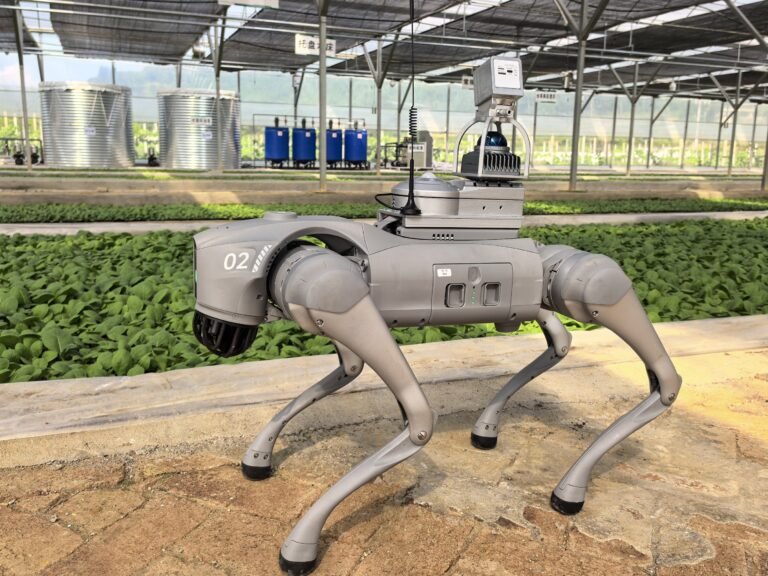Robot managers” to become the new generation of smart farmers.
China’s Unitree Robotics develops accessible and user-friendly robots that enhance everyday life through advanced technology, to relive the burden of some of the manual tasks in agricultural fields. With the aging of rural labor becoming increasingly important, more and more technology companies are exploring the use of robotics and data-driven technologies to support agriculture’s intelligent transformation.
Recently, Unitree partnered with a leading agricultural research institution to promote the application of robotics in agricultural scenarios, supporting the transformation of traditional farming toward digitalization and intelligent operations.
Compared with traditional methods that rely on human experience to assess crop conditions, robotic systems powered by AI vision and edge computing are emerging as new tools to improve the efficiency and accuracy of agricultural management. These systems also significantly lower the technical threshold, enabling young people to step into agriculture as “robot managers” and become a new generation of smart farmers.
Among these efforts, Unitree Robotics’ consumer-grade quadruped robot, Go2, has taken the lead in being deployed in agricultural settings. As an ideal smart terminal platform for agriculture, G02 displays high cost-effectiveness, stable performance, and strong scalability. Agricultural applications present high technical challenges due to unpredictable lighting conditions and constantly changing leaf shapes.
Interestingly, Go2, as a “new employee”, is equipped with a dedicated camera and agricultural sensors to monitor seedling growth conditions in real time. The robot also integrates a custom AI vision model developed for specific scenarios. This algorithm, powered by edge computing, enables real-time analysis and automatic identification of seedling status, with data transmitted to a centralized control platform. Based on agricultural big data, the platform can then generate targeted planting strategies for the current growth stage—realizing an integrated agricultural robotics workflow from terminal to cloud.
This system not only helps reduce the physical workload of farmers, but also provides agricultural researchers with high-frequency, multi-dimensional field data collection, accelerating the application of scientific research outcomes. Industry observers widely believe that such civilian-grade robots, through deeper integration into agricultural environments, are opening up broader application prospects for advanced legged robotics.

